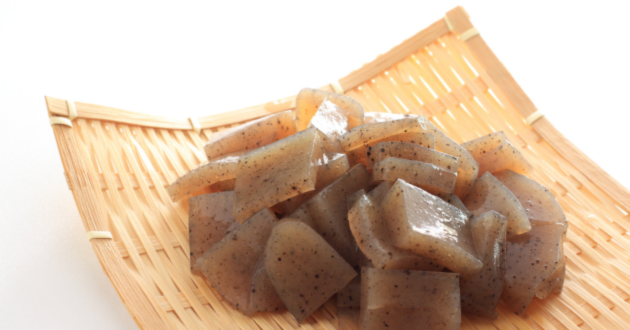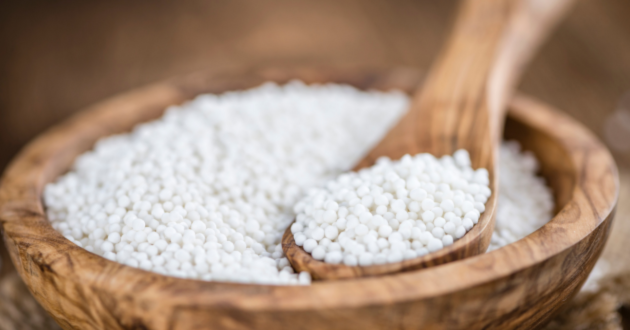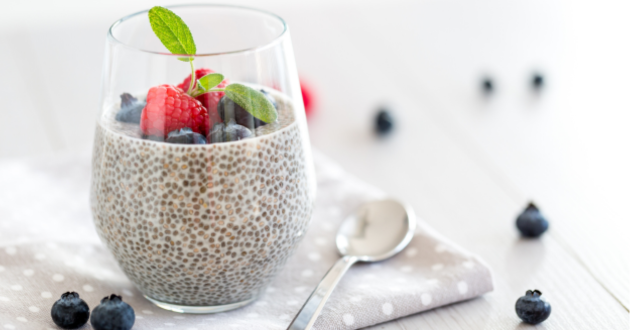Revolutionize Weight Loss Naturally: The Secret Hormone Boost with 7 Everyday Foods
Revolutionize Weight Loss Naturally: The Secret Hormone Boost with 7 Everyday Foods
Let’s be honest: weight loss feels like fighting a never-ending war, with hunger as the enemy and your willpower as the woefully underfunded army. But what if I told you there’s a secret weapon you’re overlooking? Enter GLP-1, the unsung hero of weight loss hormones. It’s time to put down the crash diets and fad detoxes and embrace a more natural approach. Spoiler alert: it involves food—real food.
What Is GLP-1, and Why Should You Care?
GLP-1 (glucagon-like peptide-1) is a hormone produced by your gut after you eat. Think of it as your body’s way of saying, *“You’re full, stop eating already.”* It curbs your appetite, stabilizes blood sugar, and helps you avoid that ravenous “eat everything in sight” feeling.
In the U.S., drugs like Mounjaro and Wegovy, designed to mimic GLP-1, are the current darlings of the weight loss world. But let’s be real—weekly injections with side effects like pancreatitis? Not exactly a walk in the park. Luckily, boosting your GLP-1 levels naturally is not only possible but surprisingly easy (and no needles required).
The Game Plan: 7 Everyday Foods That Naturally Boost GLP-1
Forget complicated diets. These seven foods can help you tap into GLP-1’s fat-burning power while keeping things simple—and tasty.
1. Oats
Packed with beta-glucan, a soluble fiber that’s basically GLP-1’s BFF, oats slow down digestion and keep your blood sugar steady. Translation: you feel full for longer and won’t be tempted by the office donuts (probably).
How to eat them: A hearty bowl of oatmeal with some fruit and nuts is your best bet. Or, for the lazy among us, overnight oats are a lifesaver.
2. Apples
Apples contain pectin, a soluble fiber that’s great at increasing GLP-1. Bonus: they’re portable, delicious, and naturally pre-packaged by nature.
Pro tip: Eat the skin—it’s where most of the fiber lives. You wouldn’t peel gold off a bar, would you?
3. Beans
Lentils, black beans, chickpeas—you name it. Beans are loaded with galactans, a soluble fiber that encourages GLP-1 production while also being kind to your gut. Sure, they might make you a little gassy, but consider it a small price to pay for weight-loss gold.
Serving idea: Toss them into soups, salads, or even brownies (yes, really).
4. Sweet Potatoes
Sweet potatoes aren’t just delicious; they’re rich in inulin, a prebiotic fiber that boosts GLP-1 and feeds the good bacteria in your gut. Talk about a win-win.
Quick fix: Bake them into fries, top them with cinnamon, or eat them straight from the oven. No judgment.
5. Chia Seeds
These little seeds are dietary fiber powerhouses, especially when soaked. They swell into a gel-like consistency that fills you up and supports GLP-1 production.
How to use them: Mix into yogurt, smoothies, or even water for a chia pudding that doubles as dessert.
6. Konjac
Konjac (a.k.a. shirataki noodles) contains glucomannan, a soluble fiber that’s off-the-charts effective at promoting GLP-1 secretion. It’s also practically calorie-free. Magic? Almost.
How to eat it: Use konjac noodles as a pasta substitute. Add your favorite sauce and pretend you’re indulging.

7. Tapioca
Resistant tapioca dextrin is a type of fiber that encourages GLP-1 secretion, but don’t get too excited about bubble tea just yet. The sugar-laden drink itself? Not so diet-friendly.
Better idea: Look for unsweetened tapioca alternatives, or use tapioca starch in homemade recipes.

How Does It All Work?
The magic of soluble fiber lies in its ability to slow digestion, stabilize blood sugar, and ferment in your gut to produce short-chain fatty acids—all of which trigger GLP-1. Basically, it’s like giving your metabolism a pep talk.
How Much Fiber Do You Need?
For best results, aim for 8–12 grams of fiber per meal. That might sound like a lot, but just one cup of beans or a couple of tablespoons of chia seeds can get you halfway there.
How to Incorporate These Foods
- Breakfast: Start your day with oatmeal or chia pudding.

- Lunch: Toss beans into a hearty salad.
- Snacks: Keep apples or konjac jelly on hand for hunger emergencies.
- Dinner: Serve sweet potatoes or konjac noodles as a side dish.
The Bottom Line
Weight loss doesn’t have to be about endless deprivation or exhausting workouts. By naturally boosting GLP-1 with these seven foods, you can suppress hunger, stay full, and finally feel like you’re in control of your weight. And the best part? It’s simple, affordable, and doesn’t require you to become a slave to the scale.
So, what are you waiting for? Swap out the diet pills and dive into the produce aisle. Your gut—and your waistline—will thank you.
Stay tuned for Part 2: The Secret Power of Short-Chain Fatty Acids!
<References>
American Heart Association – Dietary Fiber: https://www.heart.org/en/healthy-living/healthy-e.... T.H. Chan School of Public Health – The Nutrition Source: Fiber: https://www.heart.org/en/healthy-living/healthy-e.... National Nutrient Database – Apple, raw, with skin: https://www.heart.org/en/healthy-living/healthy-e.... National Nutrient Database – Beans, black, mature seeds, raw: https://www.heart.org/en/healthy-living/healthy-e.... – Chia seeds: https://www.heart.org/en/healthy-living/healthy-e.... G. A. Dietary Fiber, Atherosclerosis, and Cardiovascular Disease. Nutrients. 2019.Tosh, S. M. Review of human studies investigating the post-prandial blood-glucose lowering ability of oat and barley food products. Eur J Clin Nutr. 2013.Slavin, J. L. Dietary Fiber and Body Weight. Nutrition. 2005.Kendall, C. W., Esfahani, A., Jenkins, D. J. The link between dietary fiber and human health. Food Hydrocolloids. 2010.Roberfroid, M. Prebiotics and probiotics: are they functional foods? Am J Clin Nutr. 2000.Vuksan, V., et al. Chia (Salvia hispanica L.) reduces postprandial glycemia and increases satiety in healthy individuals. Nutrition Research. 2010.Chambers, E. S., Preston, T., Frost, G., Morrison, D. J. Role of Gut Microbiota-Generated Short-Chain Fatty Acids in Metabolic and Cardiovascular Health. Curr Nutr Rep. 2018.Vuksan, V., et al. “Effect of Glucomannan on Glycemic Control in Type 2 Diabetes.” Diabetes Care. 1999.Salas-Salvadó, J., et al. “Glucomannan and Obesity: A Critical Review.” Obesity. 2008.Chen, H. L., et al. “Effects of Konjac Glucomannan on Plasma and Liver Lipid Concentrations and on Fecal Neutral Steroid Excretion in Hamsters.” Nutrition Research. 2003.Zhang, J., et al. “Glucomannan Extracts from Konjac Ameliorate High-Fat Diet-Induced Obesity by Reducing Intestinal Fat Absorption and Improving Lipid Metabolism.” Nutrients. 2019.International Journal of Food Sciences and Nutrition: This study explores the effects of RTD on postprandial blood glucose levels and its potential benefits for individuals with glucose metabolism disorders.Journal of Nutritional Biochemistry: This research investigates the prebiotic effects of RTD on gut microbiota and its potential benefits for digestive health.Food & Function: This paper discusses the role of RTD as a dietary fiber and its impact on overall health, including its effects on satiety and blood glucose control.
* These statements have not been evaluated by the Food and Drug Administration. This product is not intended to diagnose, treat, cure, or prevent any disease.

 US Dollar
US Dollar


